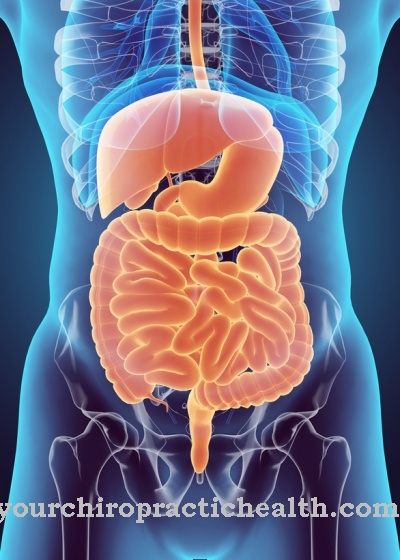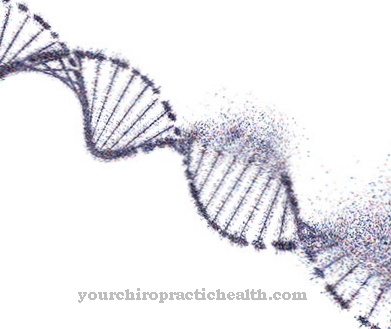Of the Axillary nerve or Axillary nerve is a signal pathway that is responsible for controlling certain shoulder muscles and transports sensitive information from the lateral shoulder to the brain. Lesions that lead to functional impairment of the nerve can arise, for example, when the shoulder joint is dislocated or a humerus fracture.
What is the axillary nerve?
The axillary nerve is a nerve in the shoulder area. It belongs to the plexus brachialis, a collection of different nerves above and below the collarbone. The nerve plexus does not form a homogeneous strand, but is characterized by a collection of similar nerves.
Taken together, the individual fibers of the brachial plexus innervate the shoulder and the upper extremities and run next to the posterior circumflex artery, which acts as an artery and supplies the deltoid muscle and the shoulder joint with blood. The roots of the axillary nerve lie between the neck segments C5 to C6 of the spinal cord, which together with the brain forms the central nervous system. Reflexes, which for example represent a reaction to overstretching the muscles and tendons or pain, are often already connected via the spinal cord. Compared to intentional movements, they are therefore particularly fast and are not subject to arbitrary control by a person.
Anatomy & structure
In the human body, the axillary nerve stretches along the shoulder below the collarbone and crosses the lateral axillary gap (foramina axillaria).
This represents the area on the armpit that is closed on one side by the upper arm bone (humerus) and on the other side by the head of the triceps (triceps brachii muscle). This head is the long head, which also represents the origin of the muscle on the shoulder blade, while the medial head begins in the middle of the humerus and the lateral head has its origin on the side of the humerus. At the other end, the triceps attach to the ulna.
The axillary nerve is part of the brachial plexus, where it is one of the infraclavicular branches of the plexus because it lies below the collarbone. Within the brachial plexus, the axillary nerve also belongs to the posterior fasciculus. Physiology also refers to the sensitive fibers of the axillary nerve as the superior lateral cutaneous nerve, as it extends into the subcutaneous tissue of the shoulder on the side of the shoulder. It branches off from the remaining fibers before the axillary gap.
Function & tasks
The axillary nerve participates in the control of certain shoulder muscles. It usually innervates the deltoid muscle (Musculus deltoideus), which attaches to the upper arm and has its origin on the collarbone and shoulder blade. The deltoid plays an important role in lifting the arm. In addition, the axillary nerve supplies the small round muscle (musculus teres minor) with nervous signals, which is located on the back and the lateral margin of the scapulae arises on the shoulder blade.
The insertion of the teres minor muscle is located on the humerus. He participates in various arm movements. In some people, part of the axillary nerve as a variety leads not only to the deltoid and teres minor muscles, but also to the large round muscle (teres major muscle). The axillary nerve also contributes to arm movements through its connection to these parts of the shoulder muscles. The motor fibers of the nerve are responsible for this task. The control of reflexes comes partly from the spinal cord, whereas voluntary movements are planned and caused in the brain.
In addition to the motor fibers, the axillary nerve has sensitive parts that absorb stimuli such as touch, pain and temperature in the innervated areas of the body. Their action potentials run in the opposite direction and migrate from the periphery to the central nervous system, where they sometimes trigger conscious sensations; however, part of the perception process takes place unconsciously. The sensitive fibers of the axillary nerve transmit sensations such as touch, temperature and pain. All fibers of the axillary nerve are the extended ends of nerve cells and transmit electrical impulses, which, as action potentials, trigger the movements of the muscles and convey stimuli.
You can find your medication here
➔ Medicines for joint painDiseases
Various diseases can damage the axillary nerve and thus impair its function. If the signal transmission of the nerve tract is disturbed, motor function restrictions in the innervated shoulder muscles can be the result.
In addition, sensitive perception disorders in the side of the shoulder and pain are possible. One of the possible causes of an armpit vein is shoulder dislocation, in which the affected person dislocates or dislocates the shoulder joint. Often the injury is already visible from the outside, as the dislocation leads to the displacement of the shoulder joint. The collarbone is usually at a different angle on the affected side. Doctors can often correct the dislocated joint after an injury without lasting consequential damage.
As a complication, however, damage to the axillary nerve or other surrounding tissue can occur, which can result in pain, impaired sensation and restricted arm mobility. Arthritis patients and others are at increased risk of shoulder dislocations and other joint misalignments. However, functional limitations of the axillary nerve can also be due to lesions caused by a fracture of the humerus.
In this context, the collum chirurgicum is a typical weak point in the bone and breaks more than average. The fracture can damage the axillary nerve directly if a fragment injures the nerve, or indirectly as part of the healing process: in order to repair the bone, the bone forms new tissue and thickens in the affected area.


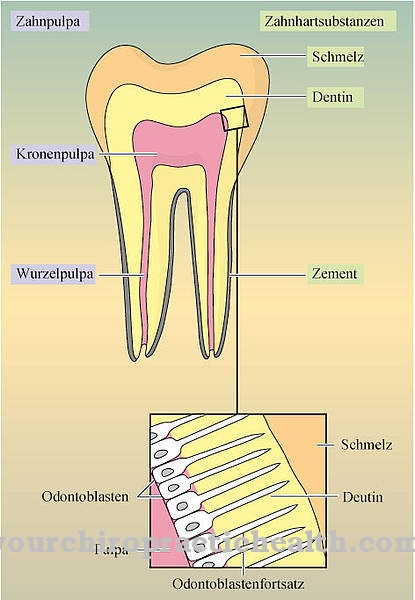
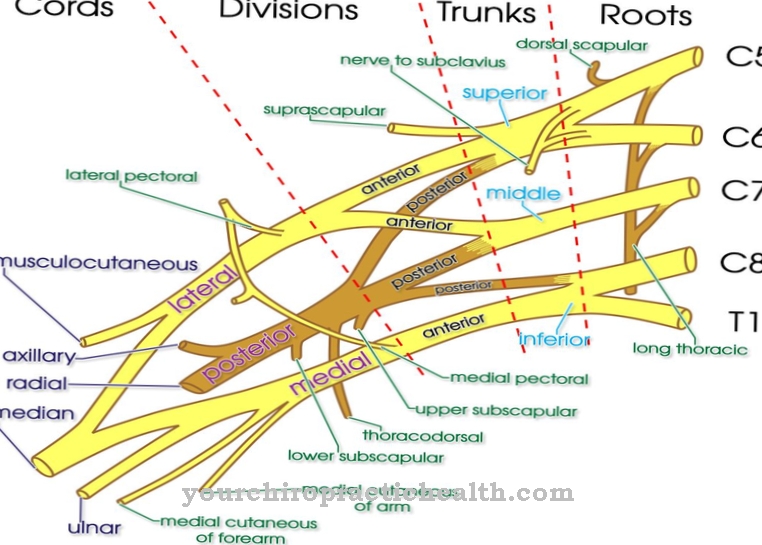


.jpg)



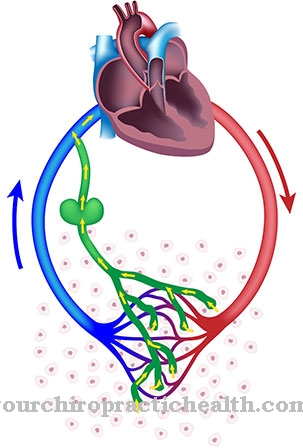
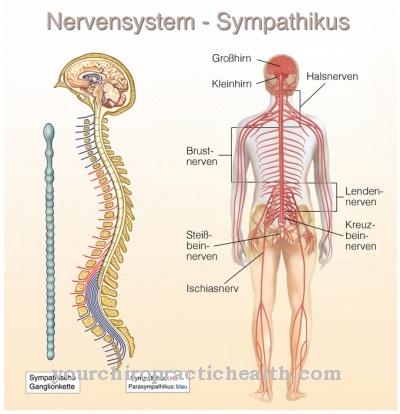





.jpg)

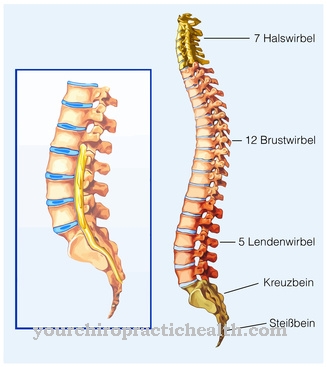
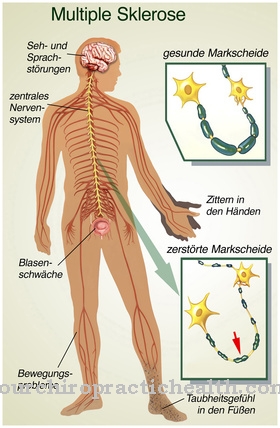
.jpg)
